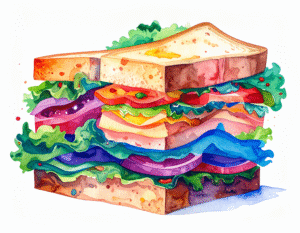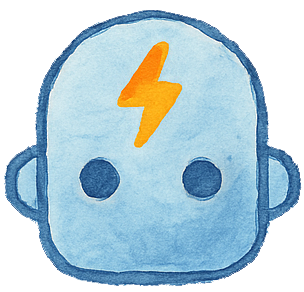As a professional web developer and a parent, I’ve learned this the hard way: if steps aren’t in the right order, things break. It’s true in programming, and it’s true in everyday life. That’s why teaching sequencing in coding early on makes such a big difference.
Kids need to learn how to think step by step. It builds logic, confidence, and clear problem-solving skills they will use across subjects and situations. Whether you’re a parent, teacher, or someone who simply enjoys helping kids learn, this post explains how and why order matters and how to start teaching it with simple tools and activities.
What Is Sequencing in Coding?
Sequencing means putting actions in the correct order to reach the desired result. In coding, this refers to how instructions are written and followed by the computer, one line at a time.
If even one step is out of place, the program might freeze, crash, or behave in unexpected ways. The same is true when following a recipe or building a LEGO set. Imagine brushing your teeth before putting toothpaste on the brush. That’s a broken sequence. The steps matter.
Why Kids Need to Learn Sequencing Early
Teaching sequencing in coding helps kids:
- Build logical thinking: They learn to plan ahead, follow through, and fix mistakes.
- Strengthen reading comprehension: Understanding how events unfold helps with retelling stories and following instructions.
- Support math learning: Many math problems involve step-by-step processes, especially in operations and word problems.
- Improve problem-solving: Sequencing teaches kids to slow down and think before acting.
Once children understand that order affects outcome, they begin to think more intentionally and approach challenges with care.
Activities That Teach Sequencing in Coding
You do not need screens or fancy tech to help kids practice sequencing. These screen-free activities are perfect for home or classroom learning:

- Build-a-Sandwich Game
Write down the steps to make a sandwich but scramble the order. Let your child figure out what needs to change. - Algorithm Dance
Create a dance routine with step cards. Then try rearranging them and compare how it changes the result. - Story Shuffle
Print or draw a short story, cut it into parts, and have your child put the scenes in the right order.
Add visual supports like arrows, cards, toy figures, or building blocks. These make the lessons fun and memorable while reinforcing the core idea of flow and logic.
Looking for even more creative ways to teach sequencing without screens? This list of five screen-free sequencing activities from CodeSpark is full of ideas you can try at home or in the classroom.
Why Developers Focus on Sequencing
In real-world programming, sequencing in coding is a must. Developers write scripts that rely on specific timing and order. If a function tries to run before the data is available, it can break the entire app.
I have spent hours debugging projects where one small misstep caused big problems. This is why sequencing is the first coding concept I teach. It is the solid foundation every program depends on, whether it is a simple script or a complex application.
Want More Ideas?
Looking for more ways to teach sequencing in coding? Explore our growing collection of unplugged activities designed for young learners. These ideas are screen-free, easy to follow, and fun for both kids and adults.


Leave a Reply